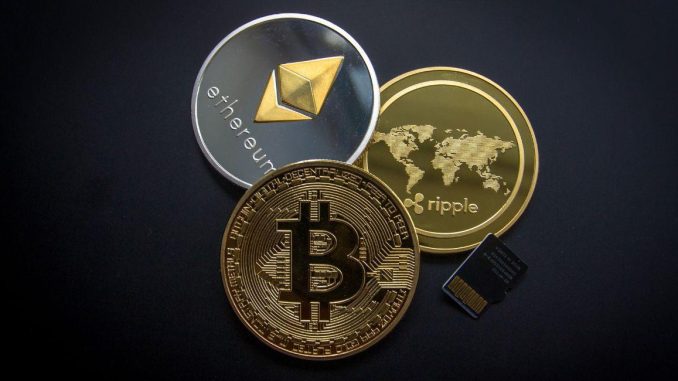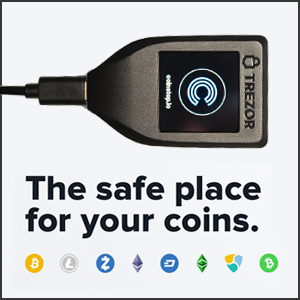
The Ethereum after the halving in 2024 is a highly anticipated event that has ignited a firestorm of debate in the investment community. The potential for a price surge due to reduced supply is undeniable, but the inherent volatility of the cryptocurrency market and the presence of significant risks make this a complex decision.
The Allure of Post-Halving Rewards
Proponents of buying Ethereum after the halving point to historical precedents with Bitcoin halvings, which were often followed by significant price increases. The core argument hinges on the principle of scarcity. By cutting the issuance of new ETH in half, the halving creates a potential supply shock. If demand for ETH remains steady or increases, the reduced supply could push the price upwards.
Furthermore, the Ethereum ecosystem is brimming with potential. It’s a leading platform for decentralized applications (dApps), smart contracts, and the burgeoning DeFi (Decentralized Finance) space. A rise in the price of ETH could attract more developers and users to the network, further strengthening the network effect and potentially fueling a positive feedback loop for the price.
The upcoming Ethereum 2.0 upgrade also adds another layer of intrigue. This significant overhaul promises increased scalability and security for the network. A successful transition to Ethereum 2.0, coupled with a post-halving price increase, could be a game-changer for Ethereum’s future and significantly boost investor confidence.
Navigating the Murky Waters of Risk
However, the potential rewards must be weighed against the substantial risks involved. The cryptocurrency market is notoriously volatile, and even with a halving, there’s no guarantee that the price of ETH will rise immediately or at all. The market might already be factoring in the halving by the time it occurs, leading to a correction or even a price drop if expectations aren’t met.
External factors beyond the halving itself can also play a decisive role. Global economic conditions, regulatory changes, and industry-wide developments can all trigger significant price fluctuations. Additionally, Ethereum faces its own internal challenges, such as scalability issues that can lead to high transaction fees and slow processing times. If these aren’t addressed effectively, they could dampen investor confidence and hinder price growth.
The success of any investment strategy hinges on a long-term perspective. Investors considering buying ETH after the halving need to be prepared to hold for an extended period and be comfortable with potential price swings. The cryptocurrency market rewards patience, but it demands a tolerance for risk.
The Verdict: Invest Wisely, Not Blindly
Ultimately, the decision of whether or not to buy Ethereum after the halving in 2024 rests on your individual risk tolerance and investment goals. Here are some key takeaways to guide you:
-
Conduct thorough research: Don’t base your decision on hype or speculation. Deeply understand the technology, the market dynamics, and the potential risks and rewards involved.
-
Develop a sound investment strategy: Align your investment with your risk tolerance and financial goals. Diversification across different asset classes is generally recommended.
-
Invest what you can afford to lose: The cryptocurrency market is a speculative space. Never invest more than you can comfortably lose.
-
Consider a long-term approach: The potential benefits of a post-halving price increase might not materialize overnight. Be prepared for a long-term holding period.
The Ethereum after the halving in 2024 presents an intriguing opportunity, but it’s not a guaranteed path to riches. Approach it with a cautious and informed perspective. By carefully considering the potential rewards and the inherent risks, you can make a well-reasoned decision that aligns with your investment goals. Remember, in the ever-evolving world of cryptocurrency, knowledge is your most valuable asset.
In conclusion, the Ethereum after the halving in 2024 is a double-edged sword for investors. While the potential for a price surge due to supply scarcity and a booming Ethereum ecosystem is undeniable, the inherent volatility of the market and the presence of internal and external challenges pose significant risks. The decision to buy hinges on a deep understanding of the technology, the market, and your own risk tolerance. By conducting thorough research, developing a sound investment strategy, and prioritizing long-term holding, you can navigate this intriguing investor’s dilemma and make an informed choice that aligns with your financial goals. Remember, the cryptocurrency market rewards the prepared, not the impulsive. Invest wisely in the future of Ethereum, but do so with a clear head and a healthy dose of caution.










